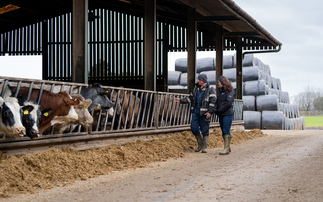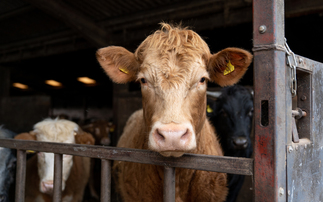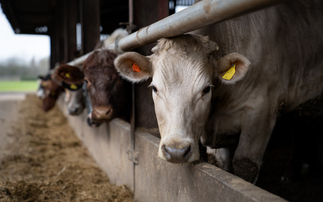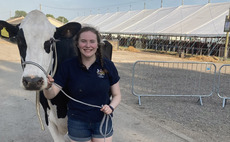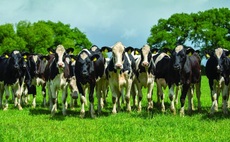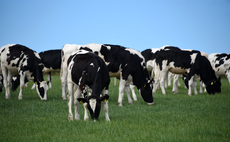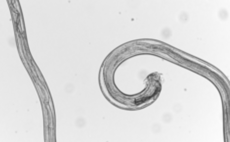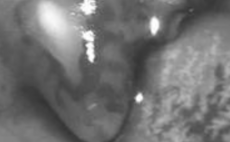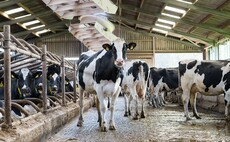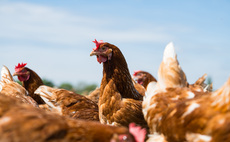
Lifecycle of the lungworm Adult lungworm live in the main airways; the bronchi and trachea. They produce eggs that hatch almost immediately, are coughed up and swallowed. L1 larvae pass through the digestive system and leave the cow via dung. It is here that they develop to the infective stage. This development can occur within a week given the right moisture and temperature conditions. Animals then ingest these larvae by grazing herbage. There is no intermediate host species, but the larvae can use a fungus called Pilobolus, which grows on dung pats, to spread via the air to reach a wider area of grass away from the pats. Larvae can survive on pasture for several months, but are sensitive to periods of hot, dry weather. Once ingested, the larvae burrow through the intestine and migrate to the lungs, through the blood and lymph, where they develop into adults within three weeks.





